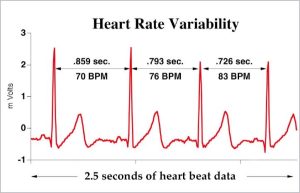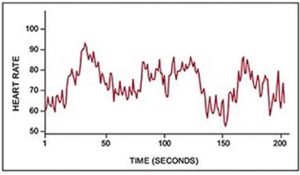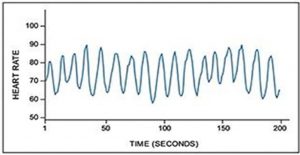Rhythmic Breathing
One of the main reasons we lose energy is through chaotic breathing, much like how we consume more fuel driving in city traffic compared to cruising on a highway.
When our breathing is chaotic, we expend significantly more energy. Rhythmic breathing is like driving on a highway: we cover more distance using less fuel, with less strain and wear on our system, leaving us feeling younger.
Rhythmic breathing (where inhalation and exhalation are of equal duration) is the fastest and simplest way to stabilize our physiology and optimize our performance.
Consider this: what happens when you are startled or shocked? What about when you are angry? And when you are relaxed? Your breathing immediately and constantly reacts to whatever is happening around and within you.
To experience negative emotions and states, you must lose control of your breathing. For instance, panic requires rapid, chaotic, shallow breathing. In challenging situations, the first thing we lose is our ability to breathe normally as a reaction to what is happening. Our breathing becomes chaotic, disrupting everything—from how we feel to how we think, act, and ultimately behave and perform.
Rhythmic breathing causes heart rate variability (HRV) to occur in a dynamically stable way. This increases the power generated by the heart, leading other biological systems to synchronize with the heart, resulting in physiological coherence.
The simplest way to understand this is to imagine your body as an orchestra. The heart represents the string section, including the violin, viola, cello, and bass. The electrical signal generated by the heart acts like the lead violin.
Rhythmic breathing allows us to take control of the biological equivalent of the lead violin. When we do this, the heart’s electrical signal produces a harmonious note instead of chaotic noise. This smooth and powerful signal from the heart begins to synchronize with signals from other body organs, unlocking much more power.
Due to this synchronization through breathing, it becomes far easier for other parts of the orchestra—lungs, kidneys, brain—to play their own notes, enabling the entire system to produce a series of balanced and harmonious melodies. This, in turn, leads to emotional balance. The message sent from the body to the mind is that all is well.
Thus, under pressure, what essentially happens is that heart rate variability (HRV, see below) becomes chaotic.

 Heart Signal HRV with Chaotic Breathing
Heart Signal HRV with Chaotic Breathing